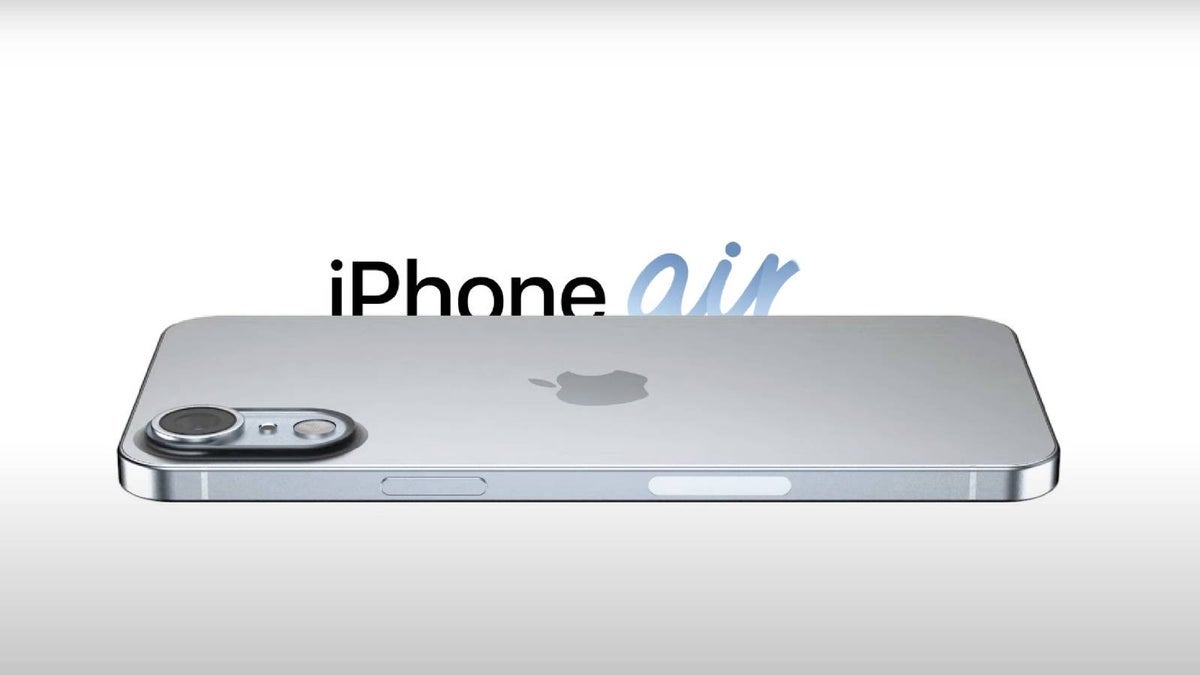IBM Fundamentals: Get Started Java
From Zero to Java Hero: A Deep Dive into IBM's "Get Started Java" The digital landscape is evolving at breakneck speed. Businesses are no longer competing on products alone, but on the experiences they deliver. This demands rapid application development, scalability, and robust security – all while navigating the complexities of hybrid cloud environments. Consider a financial institution like Capital One, which processes millions of transactions daily. They need to rapidly deploy and scale new features to stay competitive and secure. Or a healthcare provider like Anthem, needing to quickly adapt to changing regulations and patient needs with secure, compliant applications. These organizations, and countless others, are embracing cloud-native architectures and modern development practices. According to Gartner, 85% of organizations will adopt a cloud-first strategy by 2025. But getting started can be daunting. That’s where IBM’s “Get Started Java” comes in. It’s designed to drastically simplify the initial stages of Java application development and deployment, allowing developers to focus on innovation, not infrastructure. This service is particularly relevant in today’s world of zero-trust security models and the increasing need for hybrid identity management, providing a secure and streamlined path to application delivery. What is "Get Started Java"? "Get Started Java" is a fully managed service offered by IBM Cloud that provides a pre-configured, production-ready Java runtime environment. Think of it as a jumpstart for your Java projects. Instead of spending days or weeks setting up servers, configuring middleware, and wrestling with dependencies, you get a functional environment ready to deploy your code in minutes. It solves the common problems of: Complex Infrastructure Setup: Eliminates the need for manual server provisioning, configuration, and maintenance. Dependency Management: Handles the intricacies of Java dependencies, ensuring compatibility and reducing conflicts. Scalability Concerns: Provides a foundation for easily scaling your application as demand grows. Security Vulnerabilities: Offers a secure runtime environment with built-in security features and regular updates. The major components include: IBM Cloud Kubernetes Service (IKS): Underlying container orchestration platform. "Get Started Java" leverages IKS to provide scalability and resilience. OpenJ9 JVM: A high-performance Java Virtual Machine optimized for cloud environments. It’s known for its low memory footprint and fast startup times. Container Registry: A secure repository for storing your Java application containers. Monitoring and Logging: Integrated tools for monitoring application performance and troubleshooting issues. Automated Updates: Regular security patches and updates to the Java runtime environment. Companies like Siemens are leveraging similar IBM Cloud services to accelerate their digital transformation initiatives, focusing on building intelligent applications and streamlining their development processes. "Get Started Java" provides a similar pathway for organizations of all sizes. Why Use "Get Started Java"? Before "Get Started Java," developers often faced a frustrating cycle. They’d spend significant time on infrastructure tasks – setting up servers, configuring networking, managing security – before even writing a single line of application code. This led to: Delayed Time to Market: Long setup times meant slower delivery of new features and applications. Increased Operational Costs: Manual infrastructure management required dedicated resources and was prone to errors. Security Risks: Inconsistent configurations and outdated software created vulnerabilities. Developer Frustration: Developers were bogged down in infrastructure tasks instead of focusing on innovation. Industry-specific motivations are also strong. For example: Financial Services: Strict regulatory requirements demand robust security and auditability. "Get Started Java" provides a secure and compliant foundation. Healthcare: HIPAA compliance is paramount. The service’s security features and governance policies help meet these requirements. Retail: The need for rapid scalability during peak seasons (e.g., Black Friday) makes the service’s containerized architecture ideal. Let's look at a few user cases: Startup Building a Mobile Backend: A small startup wants to quickly build a backend for their mobile app. They lack the resources to manage infrastructure. "Get Started Java" allows them to focus solely on developing the application logic. Enterprise Modernizing Legacy Applications: A large enterprise wants to modernize a legacy Java application. They can containerize the application and deploy it to "Get Started Java" without significant code changes. Data Scientist Deploying a Machine Learning Model: A data scientist has developed a machine learning

From Zero to Java Hero: A Deep Dive into IBM's "Get Started Java"
The digital landscape is evolving at breakneck speed. Businesses are no longer competing on products alone, but on the experiences they deliver. This demands rapid application development, scalability, and robust security – all while navigating the complexities of hybrid cloud environments. Consider a financial institution like Capital One, which processes millions of transactions daily. They need to rapidly deploy and scale new features to stay competitive and secure. Or a healthcare provider like Anthem, needing to quickly adapt to changing regulations and patient needs with secure, compliant applications. These organizations, and countless others, are embracing cloud-native architectures and modern development practices. According to Gartner, 85% of organizations will adopt a cloud-first strategy by 2025. But getting started can be daunting. That’s where IBM’s “Get Started Java” comes in. It’s designed to drastically simplify the initial stages of Java application development and deployment, allowing developers to focus on innovation, not infrastructure. This service is particularly relevant in today’s world of zero-trust security models and the increasing need for hybrid identity management, providing a secure and streamlined path to application delivery.
What is "Get Started Java"?
"Get Started Java" is a fully managed service offered by IBM Cloud that provides a pre-configured, production-ready Java runtime environment. Think of it as a jumpstart for your Java projects. Instead of spending days or weeks setting up servers, configuring middleware, and wrestling with dependencies, you get a functional environment ready to deploy your code in minutes.
It solves the common problems of:
- Complex Infrastructure Setup: Eliminates the need for manual server provisioning, configuration, and maintenance.
- Dependency Management: Handles the intricacies of Java dependencies, ensuring compatibility and reducing conflicts.
- Scalability Concerns: Provides a foundation for easily scaling your application as demand grows.
- Security Vulnerabilities: Offers a secure runtime environment with built-in security features and regular updates.
The major components include:
- IBM Cloud Kubernetes Service (IKS): Underlying container orchestration platform. "Get Started Java" leverages IKS to provide scalability and resilience.
- OpenJ9 JVM: A high-performance Java Virtual Machine optimized for cloud environments. It’s known for its low memory footprint and fast startup times.
- Container Registry: A secure repository for storing your Java application containers.
- Monitoring and Logging: Integrated tools for monitoring application performance and troubleshooting issues.
- Automated Updates: Regular security patches and updates to the Java runtime environment.
Companies like Siemens are leveraging similar IBM Cloud services to accelerate their digital transformation initiatives, focusing on building intelligent applications and streamlining their development processes. "Get Started Java" provides a similar pathway for organizations of all sizes.
Why Use "Get Started Java"?
Before "Get Started Java," developers often faced a frustrating cycle. They’d spend significant time on infrastructure tasks – setting up servers, configuring networking, managing security – before even writing a single line of application code. This led to:
- Delayed Time to Market: Long setup times meant slower delivery of new features and applications.
- Increased Operational Costs: Manual infrastructure management required dedicated resources and was prone to errors.
- Security Risks: Inconsistent configurations and outdated software created vulnerabilities.
- Developer Frustration: Developers were bogged down in infrastructure tasks instead of focusing on innovation.
Industry-specific motivations are also strong. For example:
- Financial Services: Strict regulatory requirements demand robust security and auditability. "Get Started Java" provides a secure and compliant foundation.
- Healthcare: HIPAA compliance is paramount. The service’s security features and governance policies help meet these requirements.
- Retail: The need for rapid scalability during peak seasons (e.g., Black Friday) makes the service’s containerized architecture ideal.
Let's look at a few user cases:
- Startup Building a Mobile Backend: A small startup wants to quickly build a backend for their mobile app. They lack the resources to manage infrastructure. "Get Started Java" allows them to focus solely on developing the application logic.
- Enterprise Modernizing Legacy Applications: A large enterprise wants to modernize a legacy Java application. They can containerize the application and deploy it to "Get Started Java" without significant code changes.
- Data Scientist Deploying a Machine Learning Model: A data scientist has developed a machine learning model in Java. They need a scalable and reliable platform to deploy the model for real-time predictions. "Get Started Java" provides the necessary infrastructure.
Key Features and Capabilities
"Get Started Java" boasts a rich set of features designed to streamline Java application development and deployment. Here are ten key capabilities:
-
Automated Provisioning: Quickly create a Java runtime environment with a few clicks or CLI commands.
- Use Case: Rapid prototyping and experimentation.
-
Flow: User initiates provisioning -> IBM Cloud automatically configures IKS, OpenJ9, and other components -> Ready-to-use environment.
*
mermaid graph LR A[User Request] --> B(IBM Cloud Portal/CLI); B --> C{Provisioning Process}; C --> D[IKS Cluster]; C --> E[OpenJ9 JVM]; C --> F[Container Registry]; D & E & F --> G(Ready-to-Use Environment);
-
Pre-configured OpenJ9 JVM: Benefit from a high-performance JVM optimized for cloud environments.
- Use Case: Applications requiring low latency and high throughput.
-
Containerization Support: Easily package your Java application as a Docker container.
- Use Case: Portability and consistency across different environments.
-
Scalability: Automatically scale your application based on demand.
- Use Case: Handling peak loads during promotional events.
-
Security: Built-in security features, including vulnerability scanning and access control.
- Use Case: Protecting sensitive data in financial applications.
-
Monitoring and Logging: Gain insights into application performance and troubleshoot issues.
- Use Case: Identifying performance bottlenecks and optimizing code.
-
Automated Updates: Receive regular security patches and updates to the Java runtime environment.
- Use Case: Maintaining a secure and compliant environment.
-
Integration with IBM Cloud Services: Seamlessly integrate with other IBM Cloud services, such as databases and messaging queues.
- Use Case: Building a complete application ecosystem.
-
CLI and API Access: Manage your Java runtime environment programmatically.
- Use Case: Automation and integration with CI/CD pipelines.
-
Cost Optimization: Pay-as-you-go pricing model and resource optimization features.
- Use Case: Reducing infrastructure costs for development and testing environments.
Detailed Practical Use Cases
Let's explore six diverse scenarios:
-
E-commerce Platform (Retail):
- Problem: An e-commerce company experiences significant traffic spikes during sales events, leading to slow response times and lost revenue.
- Solution: Deploy their Java-based application to "Get Started Java" and leverage its auto-scaling capabilities.
- Outcome: The platform can handle peak loads without performance degradation, resulting in increased sales and customer satisfaction.
-
Loan Application Processing (Financial Services):
- Problem: A bank's loan application processing system is slow and inefficient, leading to delays and frustrated customers.
- Solution: Modernize the application using Java and deploy it to "Get Started Java" for improved performance and scalability.
- Outcome: Faster loan processing times, improved customer experience, and reduced operational costs.
-
Patient Monitoring System (Healthcare):
- Problem: A hospital needs a secure and reliable platform to monitor patient vital signs in real-time.
- Solution: Develop a Java-based patient monitoring system and deploy it to "Get Started Java" with its built-in security features.
- Outcome: Improved patient care, reduced risk of errors, and compliance with HIPAA regulations.
-
Supply Chain Management (Logistics):
- Problem: A logistics company struggles to track shipments in real-time due to a complex and fragmented IT infrastructure.
- Solution: Build a Java-based supply chain management application and deploy it to "Get Started Java" for improved visibility and efficiency.
- Outcome: Real-time shipment tracking, reduced delays, and improved customer service.
-
Fraud Detection System (Insurance):
- Problem: An insurance company needs to detect fraudulent claims quickly and accurately.
- Solution: Develop a Java-based fraud detection system and deploy it to "Get Started Java" for scalable processing of large datasets.
- Outcome: Reduced fraudulent claims, improved profitability, and enhanced risk management.
-
Internal HR Application (Corporate):
- Problem: A large corporation needs a secure and scalable platform for its internal HR applications, such as employee onboarding and performance management.
- Solution: Deploy the Java-based HR applications to "Get Started Java", leveraging its security features and scalability.
- Outcome: Improved employee experience, streamlined HR processes, and enhanced data security.
Architecture and Ecosystem Integration
"Get Started Java" is deeply integrated into the IBM Cloud architecture. It sits on top of the IBM Cloud Kubernetes Service (IKS), providing a containerized runtime environment. It integrates with other IBM Cloud services through APIs and event-driven architectures.
graph LR
A[User Application (Java)] --> B(Get Started Java);
B --> C(IBM Cloud Kubernetes Service - IKS);
C --> D[Compute Resources];
B --> E[IBM Cloud Container Registry];
B --> F[IBM Cloud Monitoring & Logging];
B --> G[IBM Cloud Databases (e.g., Db2)];
B --> H[IBM Cloud Message Hub];
B --> I[IBM Cloud Identity and Access Management (IAM)];
style A fill:#f9f,stroke:#333,stroke-width:2px
style B fill:#ccf,stroke:#333,stroke-width:2px
Key integrations include:
- IBM Cloud Databases: Connect to Db2, PostgreSQL, or other databases.
- IBM Cloud Message Hub: Integrate with messaging queues for asynchronous communication.
- IBM Cloud Monitoring & Logging: Monitor application performance and troubleshoot issues.
- IBM Cloud Identity and Access Management (IAM): Control access to your Java runtime environment.
- IBM Cloud Secrets Manager: Securely store and manage sensitive information like API keys and database credentials.
Hands-On: Step-by-Step Tutorial
Let's deploy a simple "Hello, World!" Java application using the IBM Cloud CLI.
Prerequisites:
- IBM Cloud account
- IBM Cloud CLI installed and configured (https://cloud.ibm.com/docs/cli?topic=cli-install-configure)
- Docker installed
Steps:
- Create a Java Application:
public class HelloWorld {
public static void main(String[] args) {
System.out.println("Hello, World!");
}
}
Compile the code: javac HelloWorld.java
- Create a Dockerfile:
FROM openjdk:17-slim
COPY HelloWorld.class /app
WORKDIR /app
CMD ["java", "HelloWorld"]
- Build the Docker Image:
docker build -t my-hello-world .
- Login to IBM Cloud Container Registry:
ibmcloud cr login
- Tag the Docker Image:
docker tag my-hello-world us-south.cr.cloud.ibm.com/your-namespace/my-hello-world
(Replace your-namespace with your IBM Cloud namespace)
- Push the Docker Image:
docker push us-south.cr.cloud.ibm.com/your-namespace/my-hello-world
- Provision "Get Started Java" (using CLI - simplified example):
ibmcloud resource service-instance-create get-started-java-instance starter -p '{"version":"1.0"}'
(This is a simplified example. The actual command may vary based on your region and configuration.)
Deploy the Application: (This step involves creating Kubernetes deployment and service configurations, which are beyond the scope of this simplified tutorial. Refer to IBM Cloud documentation for detailed instructions.)
Test the Application: Access the deployed application through the exposed endpoint.
Pricing Deep Dive
"Get Started Java" utilizes a pay-as-you-go pricing model. You are charged based on the resources consumed, including:
- Compute: Based on the size and number of Kubernetes worker nodes.
- Storage: For storing container images and application data.
- Network: For data transfer.
Example:
A small development environment with 2 vCPUs and 4GB of RAM might cost around $50-$100 per month. A production environment with higher resource requirements will cost more.
Cost Optimization Tips:
- Right-size your resources: Choose the smallest instance size that meets your application's needs.
- Auto-scaling: Automatically scale resources up or down based on demand.
- Reserved Instances: Consider purchasing reserved instances for long-term workloads.
- Monitor resource usage: Identify and eliminate unused resources.
Cautionary Notes:
- Network egress charges can be significant. Optimize data transfer to minimize costs.
- Be aware of the pricing for different IBM Cloud regions.
Security, Compliance, and Governance
Security is a top priority for "Get Started Java." The service includes:
- Vulnerability Scanning: Regularly scans container images for vulnerabilities.
- Access Control: IAM integration for granular access control.
- Data Encryption: Encryption of data at rest and in transit.
- Network Security: Firewall and network segmentation.
The service is compliant with several industry standards, including:
- HIPAA: For healthcare applications.
- PCI DSS: For financial applications.
- ISO 27001: For information security management.
IBM Cloud also provides robust governance policies to help you manage your Java runtime environment and ensure compliance.
Integration with Other IBM Services
- IBM Cloud Code Engine: Deploy serverless applications alongside your Java applications.
- IBM Cloud Functions: Integrate with serverless functions for event-driven processing.
- IBM Cloud App ID: Secure your applications with user authentication and authorization.
- IBM Cloud Databases for PostgreSQL: Use a fully managed PostgreSQL database.
- IBM Cloud Observability by Dynatrace: Gain deep insights into application performance and user experience.
- IBM Cloud Schematics: Automate infrastructure provisioning and configuration.
Comparison with Other Services
| Feature | IBM "Get Started Java" | AWS Elastic Beanstalk | Google App Engine |
|---|---|---|---|
| Ease of Use | Very High | Medium | Medium |
| Java Support | Excellent (OpenJ9 optimized) | Good | Good |
| Scalability | Excellent (IKS) | Good | Excellent |
| Security | Excellent (IAM, Vulnerability Scanning) | Good | Good |
| Pricing | Pay-as-you-go | Pay-as-you-go | Pay-as-you-go |
| Integration with IBM Services | Seamless | Limited | Limited |
Decision Advice:
- Choose "Get Started Java" if: You are already invested in the IBM Cloud ecosystem and need a secure, scalable, and easy-to-use Java runtime environment.
- Choose AWS Elastic Beanstalk if: You are heavily invested in the AWS ecosystem.
- Choose Google App Engine if: You need a highly scalable and serverless platform.
Common Mistakes and Misconceptions
- Ignoring Security Best Practices: Failing to configure IAM properly or neglecting vulnerability scanning. Fix: Implement strong access controls and regularly scan for vulnerabilities.
- Over-provisioning Resources: Allocating more resources than necessary. Fix: Right-size your resources and leverage auto-scaling.
- Not Monitoring Application Performance: Failing to track key metrics and identify performance bottlenecks. Fix: Implement monitoring and logging.
- Misunderstanding Pricing: Not understanding the different pricing components. Fix: Carefully review the pricing documentation and use cost estimation tools.
- Ignoring Updates: Not applying security patches and updates. Fix: Enable automated updates.
Pros and Cons Summary
Pros:
- Simplified Java application development and deployment.
- High performance and scalability.
- Robust security features.
- Seamless integration with IBM Cloud services.
- Pay-as-you-go pricing.
Cons:
- Vendor lock-in to the IBM Cloud ecosystem.
- Complexity of Kubernetes can be a barrier for some users.
- Pricing can be complex to understand.
Best Practices for Production Use
- Security: Implement strong IAM policies, enable vulnerability scanning, and encrypt data at rest and in transit.
- Monitoring: Monitor application performance, resource usage, and security events.
- Automation: Automate infrastructure provisioning, deployment, and scaling using tools like IBM Cloud Schematics.
- Scaling: Configure auto-scaling to handle peak loads.
- Policies: Establish clear governance policies for managing your Java runtime environment.
Conclusion and Final Thoughts
IBM’s “Get Started Java” is a powerful service that dramatically simplifies the process of building and deploying Java applications in the cloud. It’s a game-changer for developers who want to focus on innovation, not infrastructure. The future of this service will likely involve deeper integration with AI-powered development tools and enhanced support for cloud-native architectures.
Ready to get started? Visit the IBM Cloud website (https://www.ibm.com/cloud) and explore the "Get Started Java" service today. Start building your next Java application with confidence!




















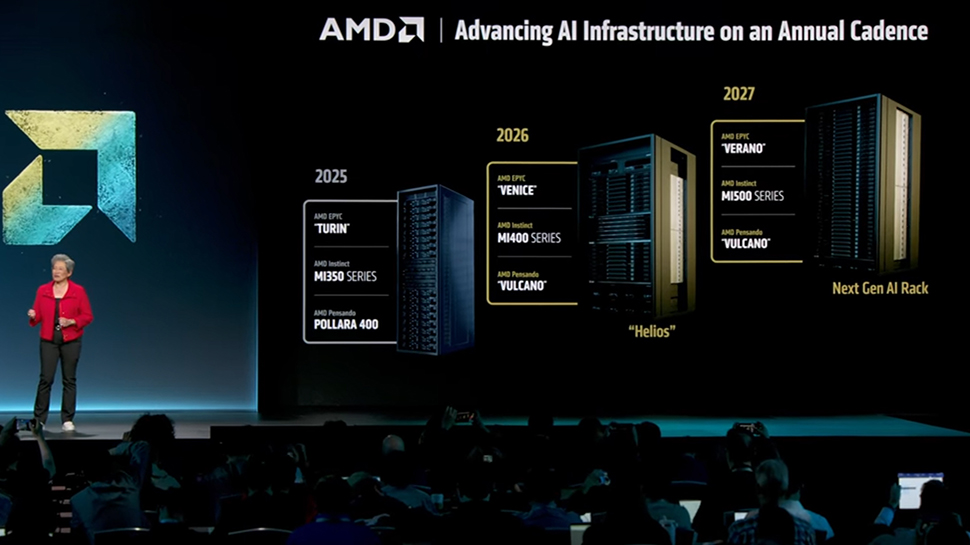

























































































































































![[The AI Show Episode 154]: AI Answers: The Future of AI Agents at Work, Building an AI Roadmap, Choosing the Right Tools, & Responsible AI Use](https://www.marketingaiinstitute.com/hubfs/ep%20154%20cover.png)
![[The AI Show Episode 153]: OpenAI Releases o3-Pro, Disney Sues Midjourney, Altman: “Gentle Singularity” Is Here, AI and Jobs & News Sites Getting Crushed by AI Search](https://www.marketingaiinstitute.com/hubfs/ep%20153%20cover.png)






















































































































![[FREE EBOOKS] The Chief AI Officer’s Handbook, Natural Language Processing with Python & Four More Best Selling Titles](https://www.javacodegeeks.com/wp-content/uploads/2012/12/jcg-logo.jpg)









































































![GrandChase tier list of the best characters available [June 2025]](https://media.pocketgamer.com/artwork/na-33057-1637756796/grandchase-ios-android-3rd-anniversary.jpg?#)




































































_Frank_Peters_Alamy.jpg?width=1280&auto=webp&quality=80&disable=upscale#)







































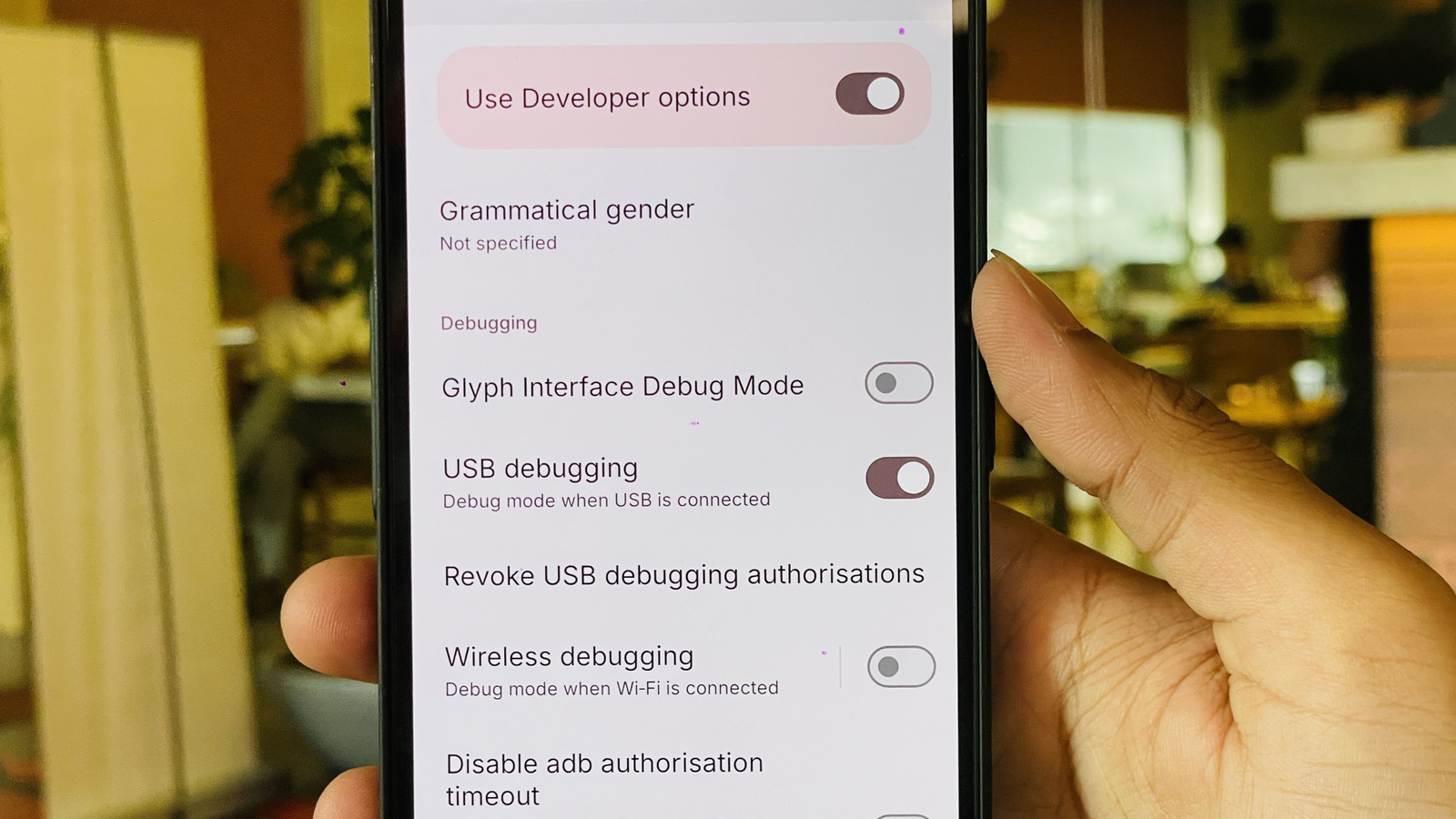











































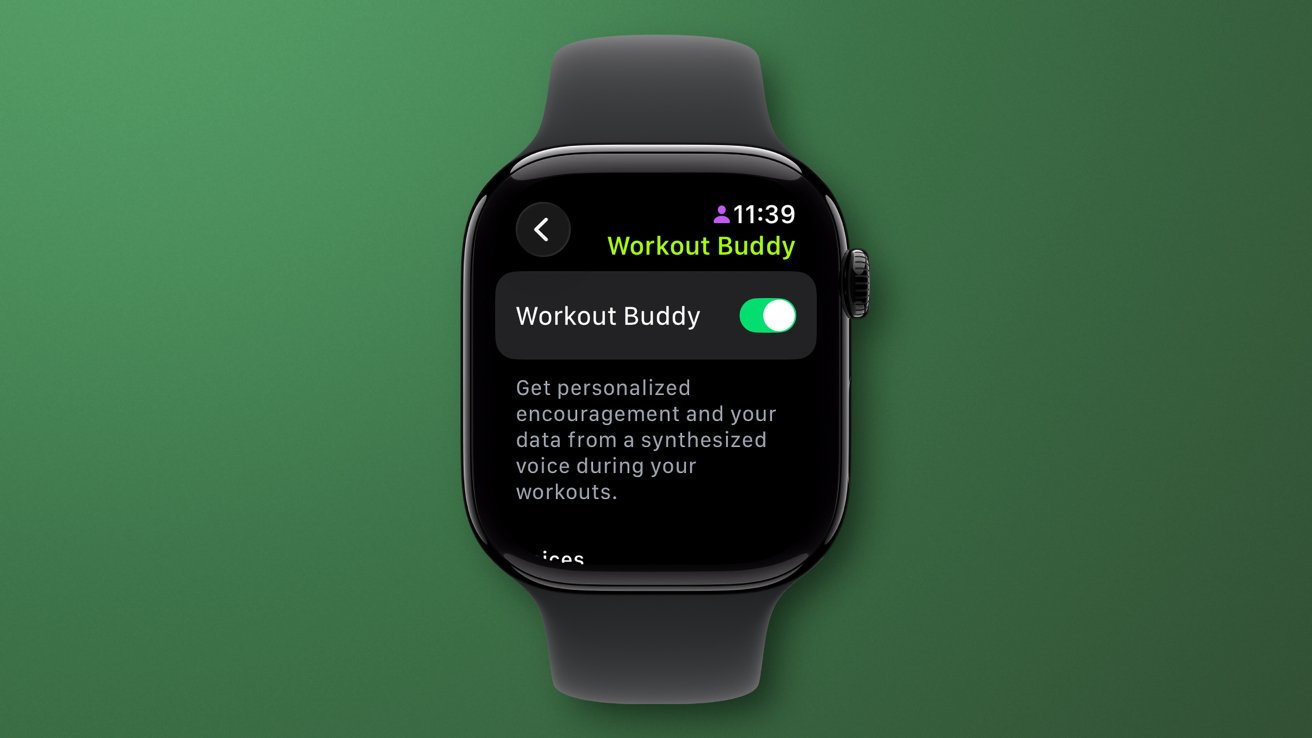
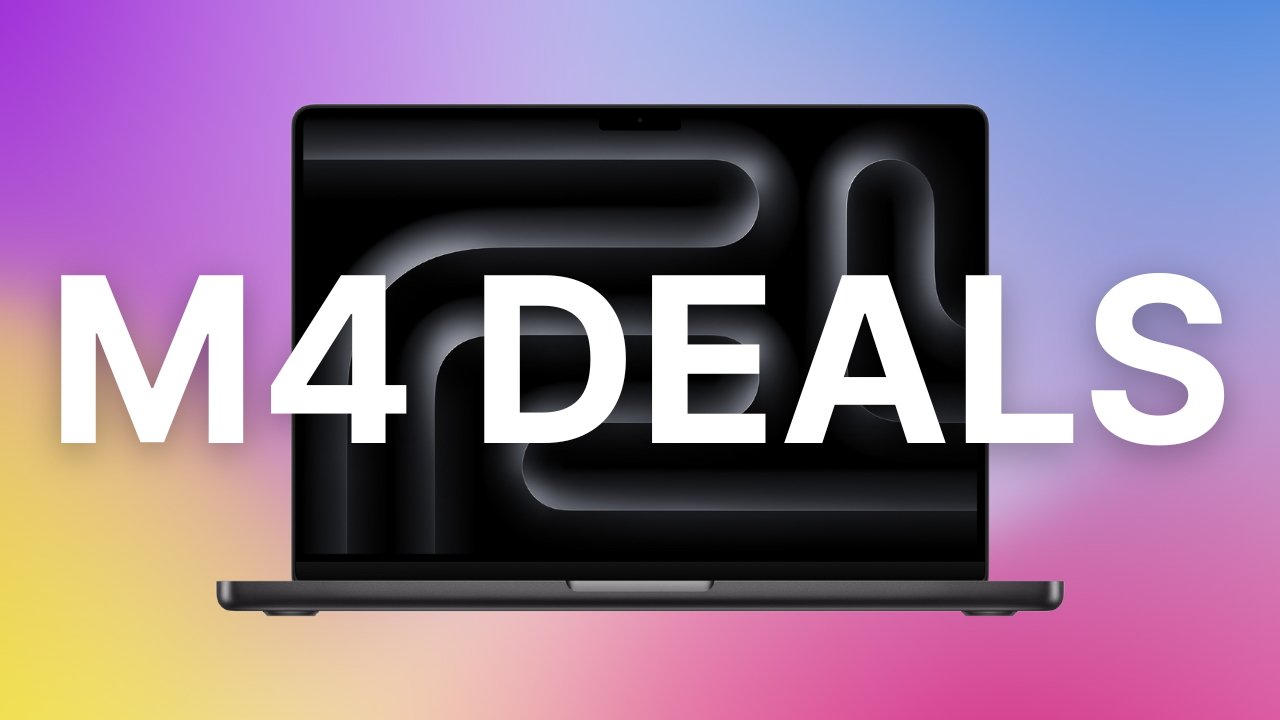




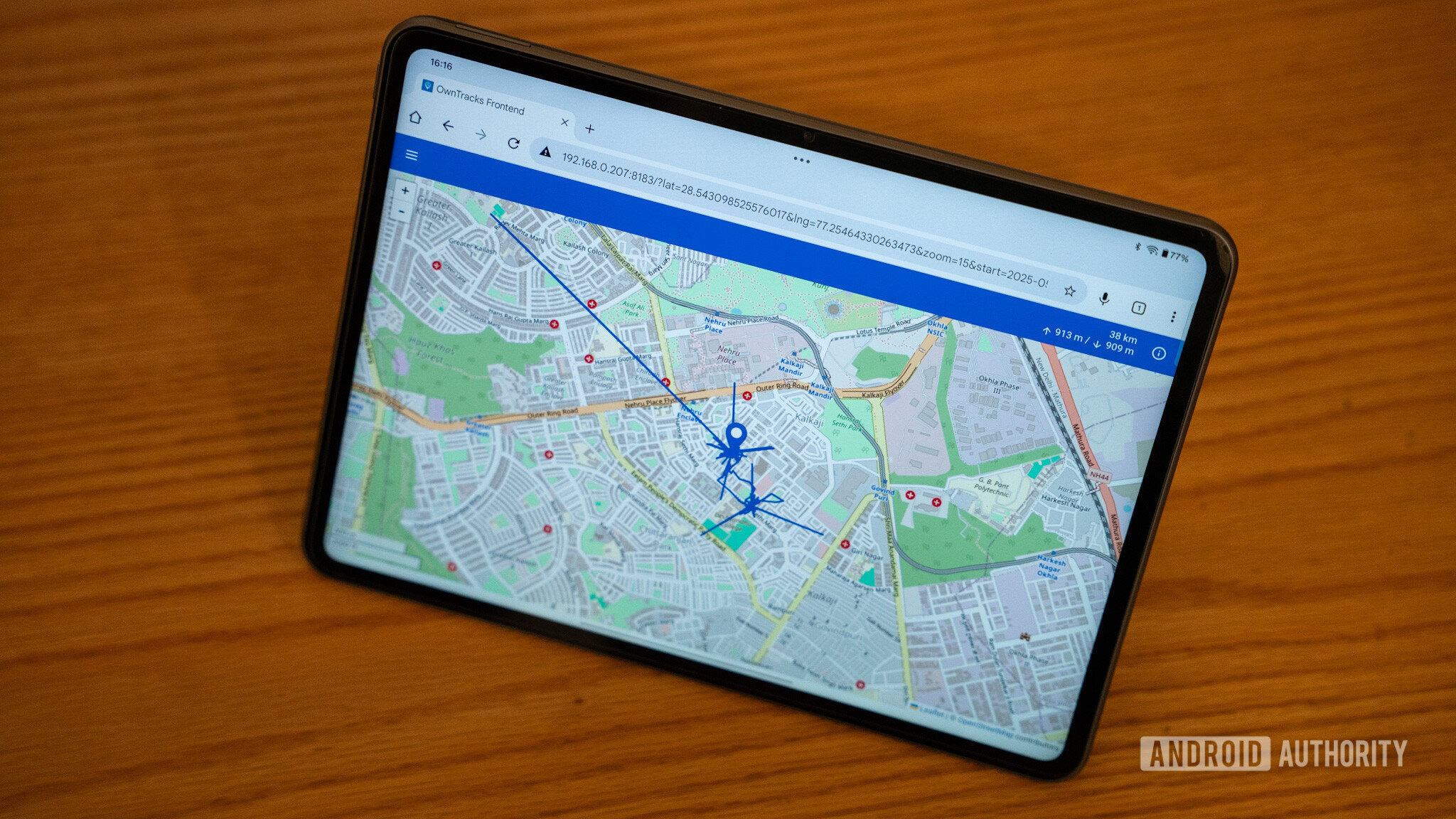






















![Apple Weighs Acquisition of AI Startup Perplexity in Internal Talks [Report]](https://www.iclarified.com/images/news/97674/97674/97674-640.jpg)
![Oakley and Meta Launch Smart Glasses for Athletes With AI, 3K Camera, More [Video]](https://www.iclarified.com/images/news/97665/97665/97665-640.jpg)

![How to Get Your Parents to Buy You a Mac, According to Apple [Video]](https://www.iclarified.com/images/news/97671/97671/97671-640.jpg)

















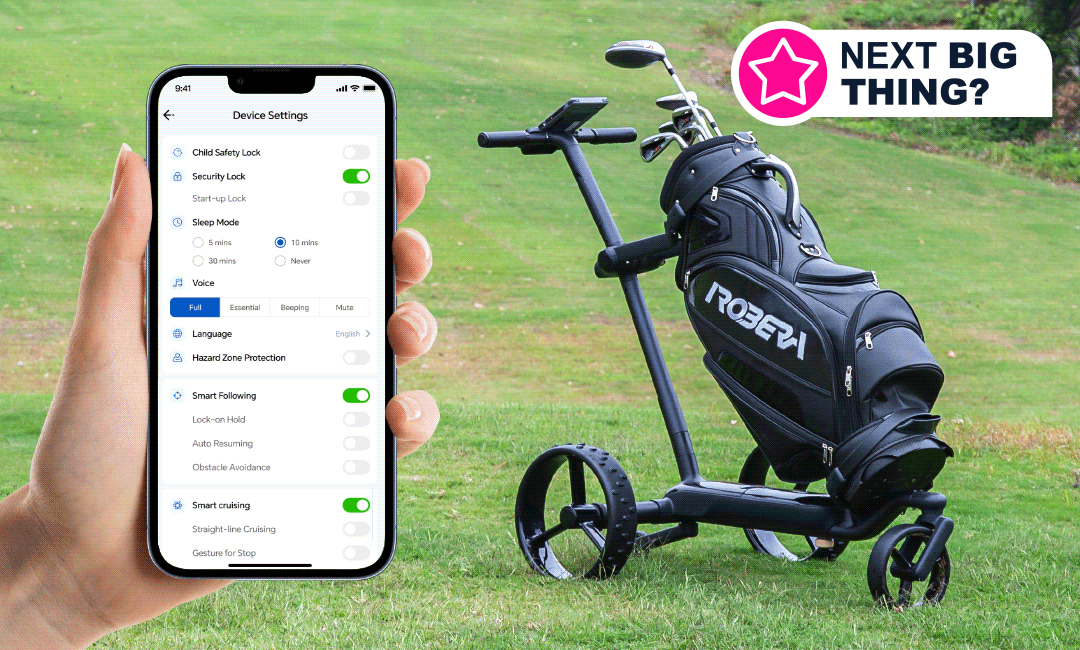




![New accessibility settings announced for Steam Big Picture Mode and SteamOS [Beta]](https://www.ghacks.net/wp-content/uploads/2025/06/New-accessibility-settings-announced-for-Steam-Big-Picture-Mode-and-SteamOS.jpg)























